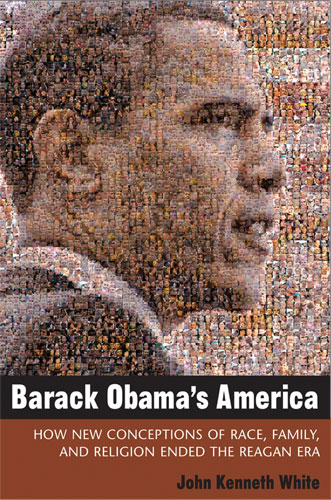Multiracial Groups and Educational Inequality: A Rainbow or a Divide?Posted in Articles, Media Archive, Social Science, United States on 2010-01-07 22:14Z by Steven |
Multiracial Groups and Educational Inequality: A Rainbow or a Divide?
Social Problems
Volume 56, Number 3 (August 2009)
Pages 425–446
DOI 10.1525/sp.2009.56.3.425
Mary E. Campbell, Associate Professor of Sociology
University of Iowa
How do multiracial groups “fit” into the system of racial oppression and privilege in the United States? Are the outcomes of multiracial individuals explained by the Latin Americanization hypothesis (Bonilla-Silva 2002), or a hardening racial divide between blacks and all other racial groups (Gans 1999; Yancey 2006)? Using the National Longitudinal Study of Adolescent Health, I address these questions and show that the educational outcomes of multiracial groups and individuals are not consistently explained by measures of appearance, as suggested by these theories. Although the educational outcomes of Latinos and single-race groups are significantly associated with skin color and the racial perceptions of observers, multiracial young adults’ high school and college educational outcomes are not consistently related to either measure of appearance. Parental education and family income are the most important predictors of educational outcomes for multiracial respondents across different types of outcomes. The implications of these findings for racial inequality and research on multiracial groups are discussed.
One of the key debates about the future of racial and ethnic inequality in the United States is the question of how multiracial Americans will fit into the United States’ system of racial oppression and privilege. These groups may be a bellwether we can use to discern how racial inequality is changing, since they straddle racial boundaries and therefore are often the first to experience changes in those boundaries and systems of racialized advantage. For example, Eduardo Bonilla Silva (2002; Bonilla Silva and Embrick 2006) has argued that the United States is moving towards a three-tier racial stratification system that is increasingly similar to Latin American systems of racial stratification based on skin tone, and thus biracial groups that are lighter skinned will have greater privilege than those that are darker skinned. George Yancey (2006) and Herbert Gans (1999), in a distinct but related argument, contend that we are moving away from a binary system that used a narrow and exclusive definition of “whiteness” to disadvantage anyone perceived as “not white” towards an evolving binary system that systematically disadvantages anyone seen as “black” and advantages anyone seen as “not black” (even those who are not considered “white”). Under this shifting system, biracial individuals perceived as black will experience oppression, while the rest of the multiracial groups will experience positive outcomes that become more similar to whites over time…
Read or purchase the article here.


